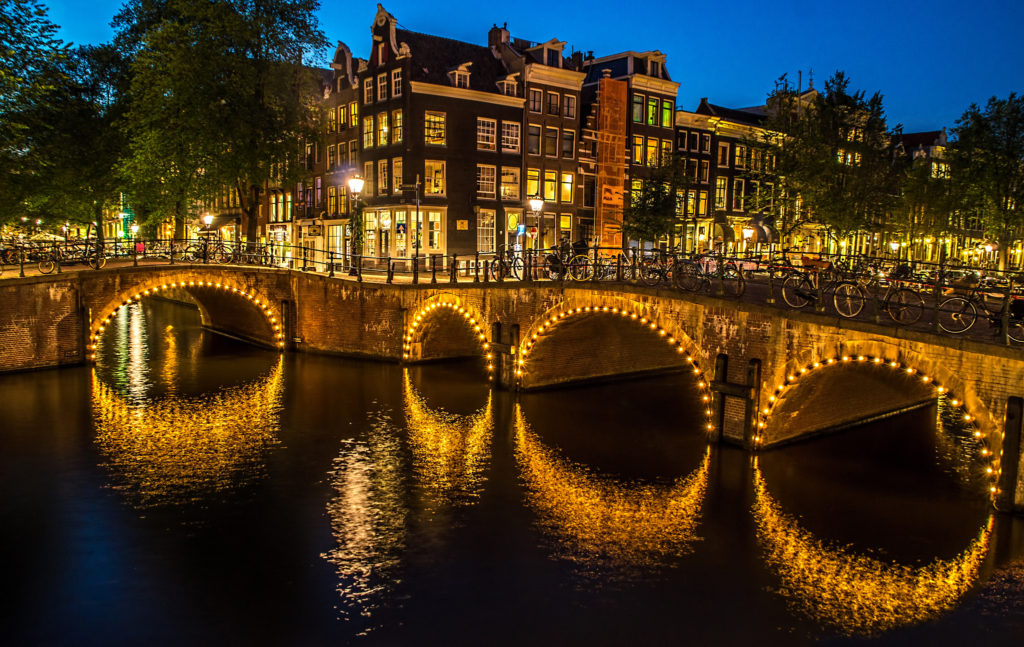
The Canals of Amsterdam, The Netherlands, are the reason this capital city is called the Venice of the North. Amsterdam is widely known for the 160 canals that run through the city, forming concentric belts. As you sail these waters, you get to see some of the most important monuments in the country. However, you can also discover the wonders of the Canal District on foot. Take the time to walk along the more than 1200 bridges crossing the canals. These structures, coupled with the characteristic romanticism of the Netherlands, make the Canals of Amsterdam a dreamlike tourist site.
The main canals are Keizersgracht, Singel, Prinsengracht ,and Herengracht. Since they were declared a UNESCO World Heritage Site in 2010, the Canal District is one of the most interesting places to see. However, there are many more canals.
Things to do
Among the most important sites standing along the canals is the famous Anne Frank House Museum, the Museum of the Canals and the unmissable Floating Flower Market. At the end of the canal, you will find Leidseplein, the entertainment center of Amsterdam.
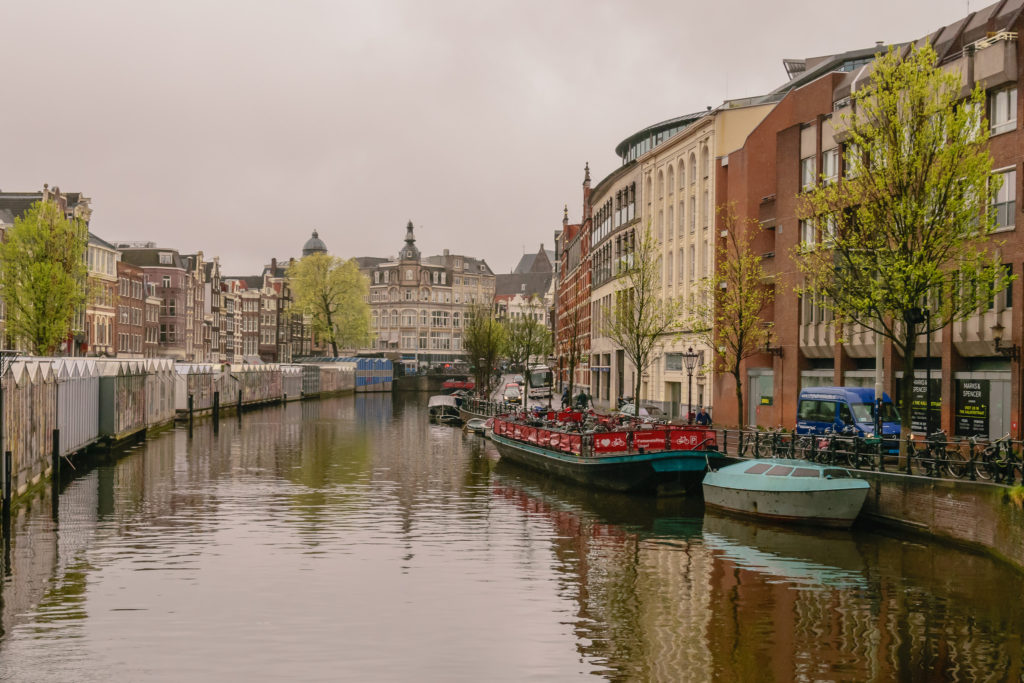
Anne Frank House Museum
This is the famous house where the Jewish 13-year-old girl Anne Frank hid from the Nazis with her family. Along with the Van Pels family and Fritz Pfeffer, she lived for three years on the top floors of the house’s annex. During these three years, Anne wrote her renowned diary as a way to endure the feeling of being trapped and not being able to go out of the house.
In March 1944, Anne found out that the government would collect diaries after the war. With a dream of becoming a famous writer, she began to rewrite her journal. Some of the 215 pages of this rewritten version are displayed in the museum. Besides, two other notebooks are shown on the museum: her “Favourite Quotes Book”, a book she filled with quotes she liked; and the “Tales Book”, where Anne wrote short stories.
Aside from this, there are many details in the house that give you a glimpse of what life was like for the eight people that had to hide here.
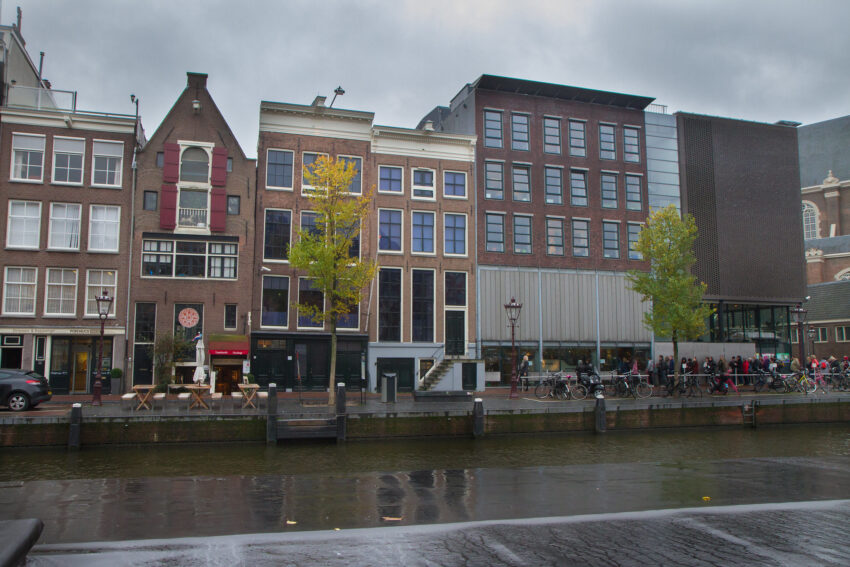
The Museum of the Canals
Known locally as the Museum Het Grachtenhuis, the Museum of the Canals is located on the Herengracht canal. Here, you can go through 400 years of history in just one tour. You will learn everything about the creation of the canals and their importance to Amsterdam. If you weren’t already in love with the city, at the end of this tour you will definitely be.
A multimedia exhibition shows the fascinating history of the Canal District. Besides, the tour comes with a free audio-guide, available in English, German, French, Spanish, Italian, Japanese, Chinese (Mandarin) and Dutch. You can also hire a professional guide to enjoy the museum in a more personalized way. Check the website below to get information on any temporary exhibitions around the time of your visit.
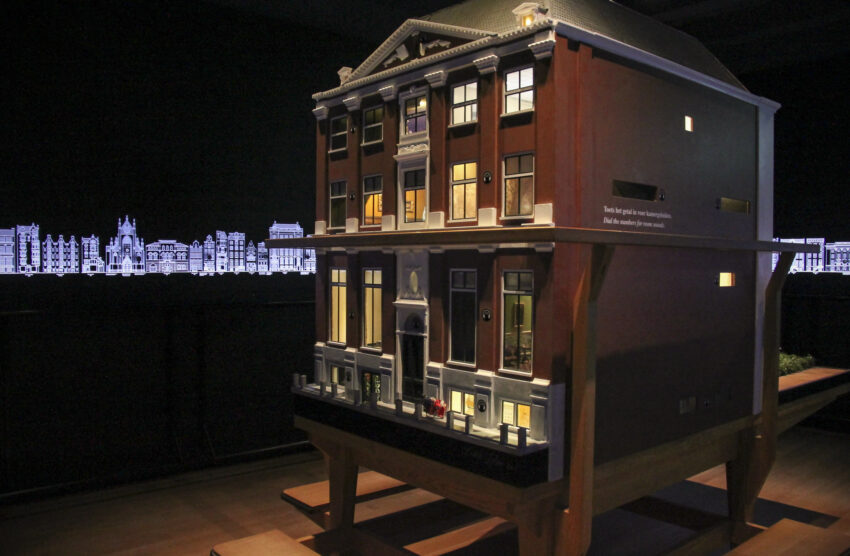
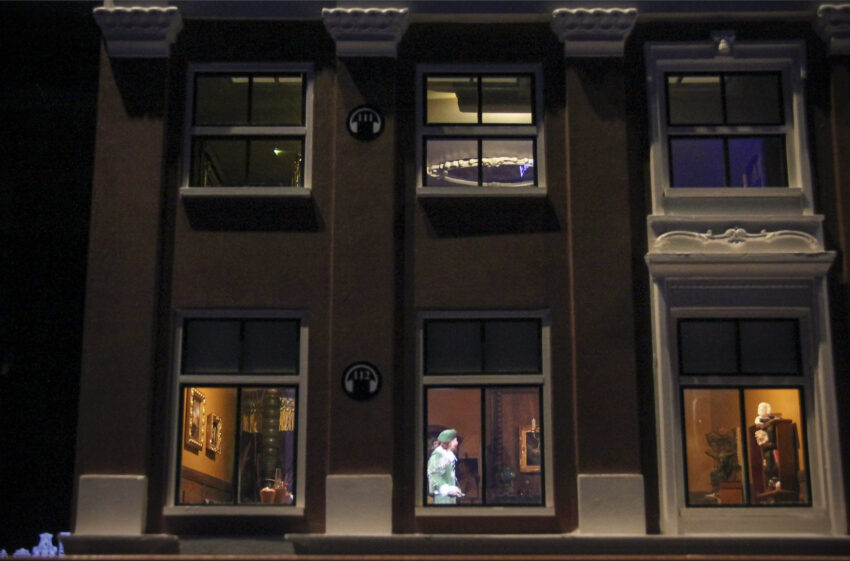
Floating Flower Market
The Bloemenmarkt is the only floating flower market in the world, and no matter the weather or the time of the year, you will surely find your favorite flowers here. The Floating Flower Market is located on the Singel canal, and the bright colors of the flowers give life to the canals.
The market dates from 1862 when flower growers would sail their wares on barges into the city center via the Amstel River. Today, the barges are stationary, each with a glasshouse built atop; the spectacle is an unforgettable sight.
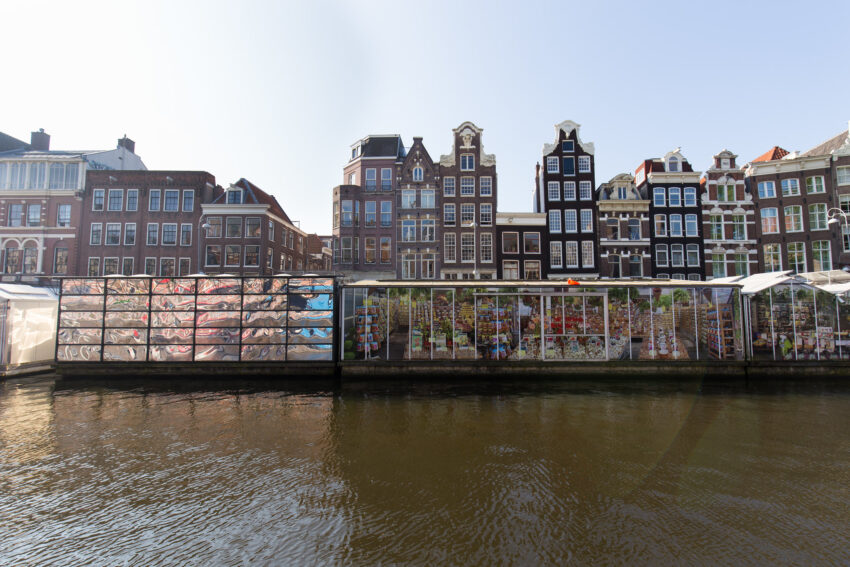
The Houseboats
In addition to the wonderful cityscapes, the houseboats on the canals of Amsterdam are perhaps the most curious attraction of the ride. There are about 80 residences mounted on boats throughout the city, housing families with much comfort and refinement. These help the economy and the city since they don’t occupy space on the solid ground.
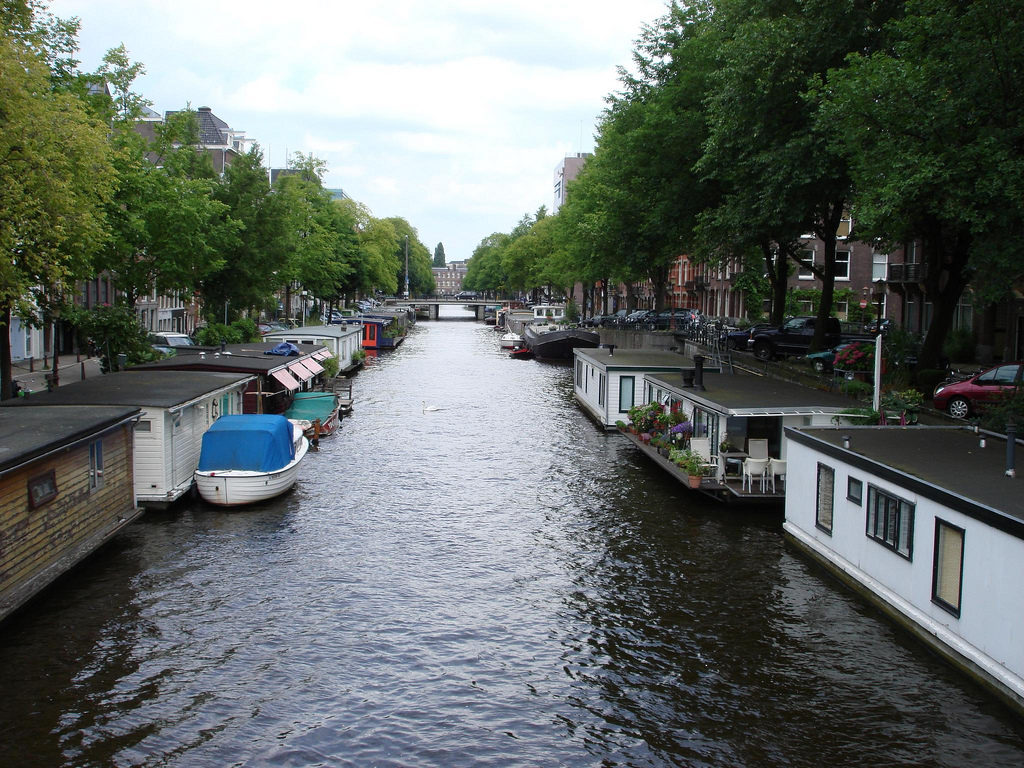
How to get there
The most convenient way to get into the Canal District is by tram. Tram 2, 11 and 12 all run through the middle of the Canal District on their way between Amsterdam Centraal and Leidseplein. They have stops at Keizersgracht and Prinsengracht, two of the main canals.
Tram 13 and 17 both head for the western side of the Canal District; the stop at Westerkerk is the most notable since the Anne Frank House is nearby.
Train services are frequent to most big cities in the Netherlands, as well as the larger villages and towns. There are two main types of trains: Intercities which only stop at major stations, and Sprinters, with stops at all stations. All types of trains have the same prices.
When to go
The Netherlands has no wet or dry season; summers are usually cool, and winters mild. The best time to go is from May to September since temperatures don’t reach higher than 23°C. However, April and October can also grant you with mild and sunny weather.
Opening and Closing Hours
The Anne Frank Museum:
November to March – From 9:00 AM to 7:00 PM (Sunday to Friday), and from 09:00 AM to 10:00 PM on Saturday.
April to October – From 09:00 AM to 10:00 PM every day.
The Museum of the Canals:
The first exhibition is opened from Tuesday to Sunday, starting from 10 AM until 5 PM. The last audiovisual tour starts at 4:45 PM: however, the museum is closed on Mondays.
The Floating Flower Market:
The Flower Market opens from Monday to Saturday from 09:00 AM to 05:30 PM; on Sundays, it opens from 11:30 AM to 05:30 PM.
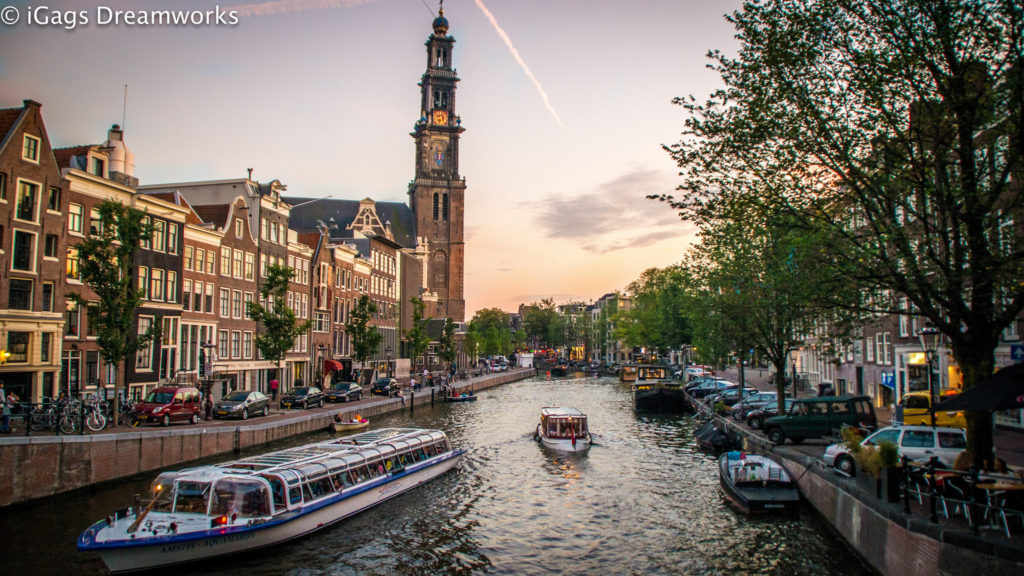
Planning
Tickets for the Anne Frank House can only be bought online, and they sell out fast. 80% of the tickets are released two months in advance at 12:00 PM CET; the remaining 20% are released on the day of the visit at 9:00 AM CET. On the other hand, the tours at the Museum of the Canals are in high demand, so make sure to check what is available at the time of your visit.
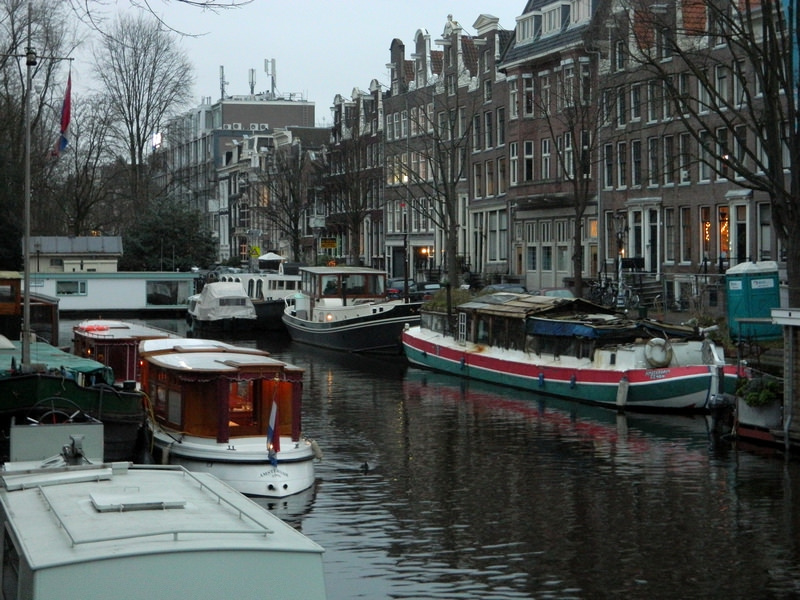
Inside Information
You will find various companies offering different types of cruises through the channels, including dinner trips or open bars. Besides, you can rent pedal boats or so-called water bicycles. There are also extensive excursions up to four hours with meals included, while other cruises only make a generalized tour. You will find so many cruise options that it will be almost impossible to choose one!
Tourist offices in the Netherlands have a blue logo with three characters VVV; these offices can inform and advise you about the main tourist attractions. The staff usually speaks English and, in some areas, they have printed information in English.
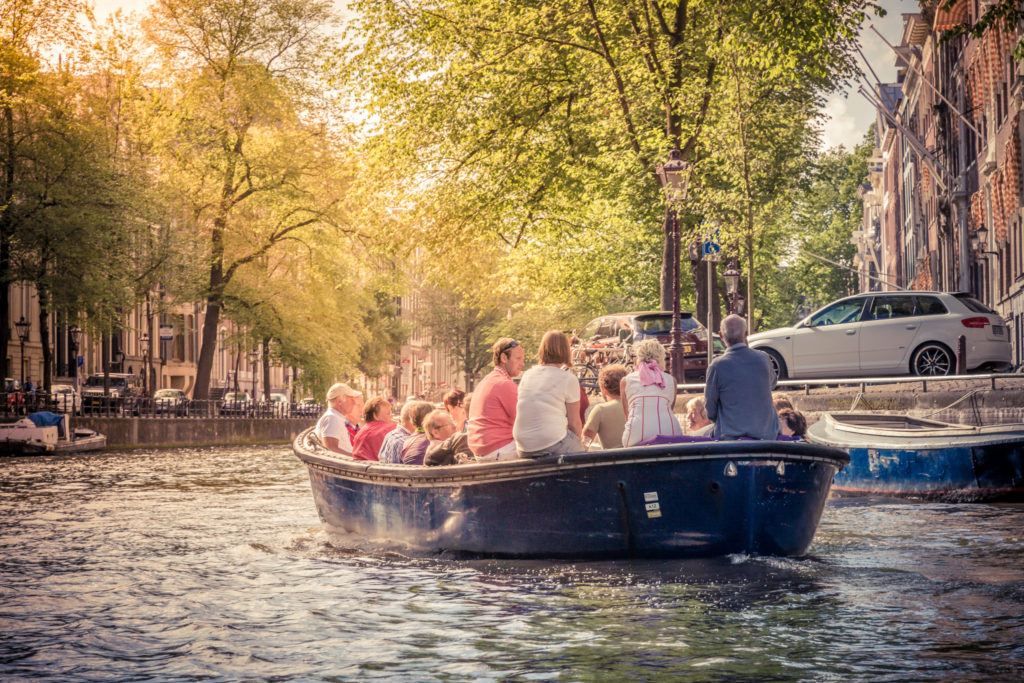
Entry Requirements
Your passport should be valid for the duration of your stay, but you don’t need any additional period of validity on your passport beyond this.
Local Laws and Customs
Many people travel to the Netherlands because it is known to be a tolerant nation. Above all, the country shows a relaxed treatment of marijuana use, legal prostitution, a right to euthanasia under strict medical conditions, and the right to marry one’s same-sex partner.
Money
The Netherlands uses the euro (€), like several other European countries. The banknotes look the same in these countries, but coins have a standard design on one side and a country-specific design on the other.
VISA, MasterCard and American Express are accepted in many stablishments.
Entrance fees
Anne Frank House Museum:
Adults – €10,50
Aged 10-17 – €5,50
Aged 0-9 – €0,50
Including €0,50 booking fee
The Museum of the Canals
Aged 0-3 – free entrance
Aged 4-12 – €7,50
Teenagers aged 13+ – €15
Tipping
Dutch law requires that all service charges and taxes are included in the prices that hotels, bars, and restaurants publish; therefore, tipping is not necessary. Of course, it is always appreciated as a reward for good service. Dutch customers usually leave €1 or €2; a 5-10% tip on a restaurant bill is considered a generous reward for good service.
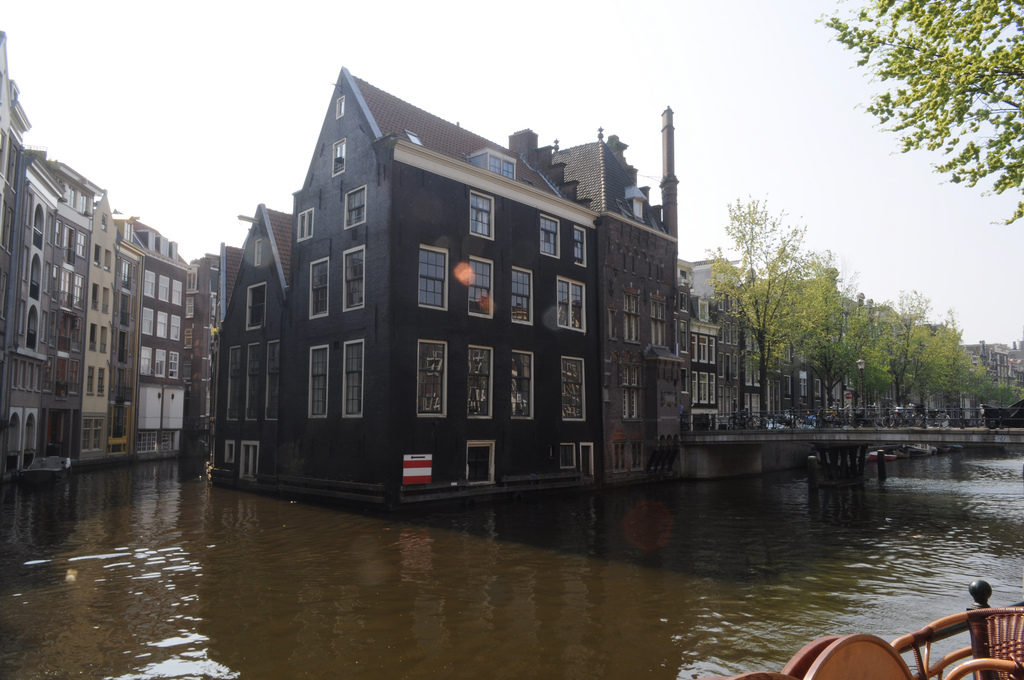
What to Buy
At the Amsterdam Flower Market, you can either buy bouquets, single flowers or bulbs; and the bulbs are ready for export, so you can take them home. However, be careful before buying any seeds or flower bulbs. First, talk to the stall owner about export regulations, and only choose the ones packaged and preapproved for export. Otherwise, the flowers or souvenirs you purchase can be withheld by customs and excise.
Safety and Security
Crime
Pickpockets and bicycle theft are common, but violent crimes are rare. Thieves usually operate in gangs on the trains and trams; one will attempt to distract you (asking for directions or banging on your window), and then another takes your belongings. Keep your valuables safely with you and don’t hang your bag or jacket on the back of a chair.
In the larger cities, some outlying suburbs are somewhat unsafe at night. Police, ambulance and fire brigade have one general emergency number 112.
Terrosism
Terrorists are likely to try to carry out attacks in the Netherlands. They could be indiscriminate, as well as in places frequented by expatriates and foreign travelers. Always be vigilant and follow the advice of local authorities.
Health
Cannabis may be legal, but there are some safety risks involved; first, the cannabis sold in the Netherlands is often stronger than varieties elsewhere. Also, be careful with cannabis-laced pastries (“space cakes”) as it’s easy to eat too much by accident.
Check the Netherlands’ specific health advice on TravelHealthPro at least 8 weeks before your trip.
Natural Disasters
Since the Netherlands have a low elevation, around two-thirds of its area is vulnerable to flooding. However, the country is densely populated, and flood control is important to preserve the life of its inhabitants. There are natural sand dunes and constructed dikes, dams, and floodgates protecting the country against storm surges from the sea.
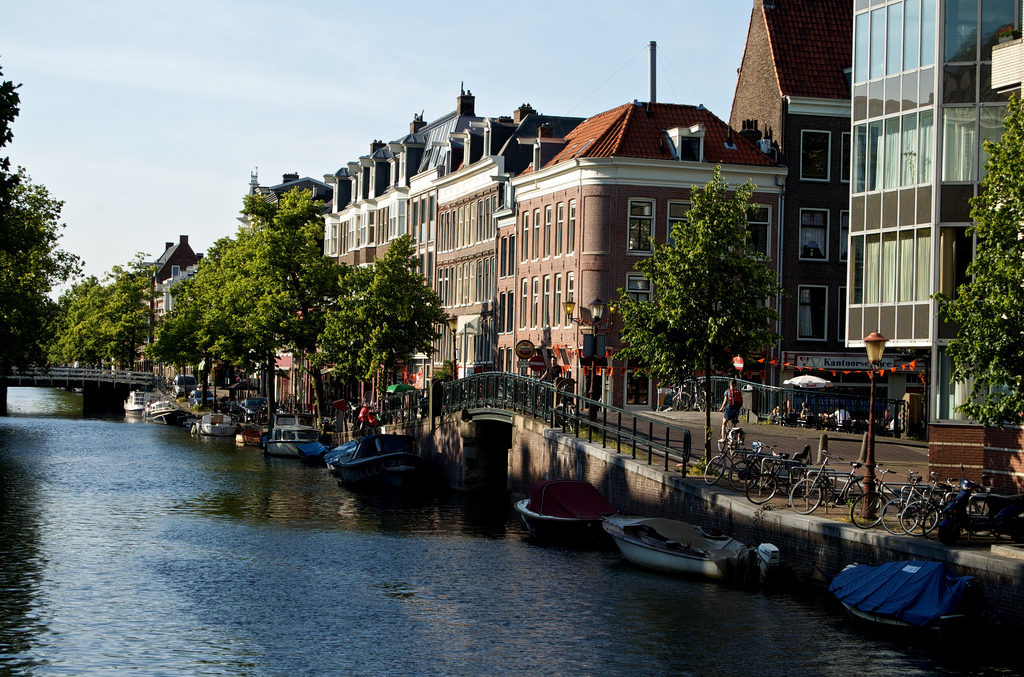
History
The Canal System of Amsterdam was planned in the early 17th century when immigration was rising in the Netherlands. The plan called for four main canals, shaped in half-circles, all ending on the IJ Bay; this is what is known today as the Grachtengordel. Three of these canals are primarily for residential development: the Herengracht (Patricians’ Canal), the Keizersgracht (Emperor’s Canal) and Prinsengracht (Prince’s Canal). Besides this, the plan proposed changing the Singel, an already existing canal, from a defensive purpose to residential and commercial development.
Websites
Other Nearby Attractions
Amsterdam Centraal railway station
Most visitors arrive in Amsterdam at the Centraal Station and then walk south over the Damrak and Rokin. However, if you didn’t get to Amsterdam by train, I recommend making a special trip to look at the Amsterdam Centraal railway station. This breathtaking building was built between 1881 and 1889, and it is an attraction in itself. The station was built between 1881 and 1889 on three artificial islands, and at the time, the project was highly controversial. Today, it is one the most beautiful stations in the country and a landmark of Amsterdam.
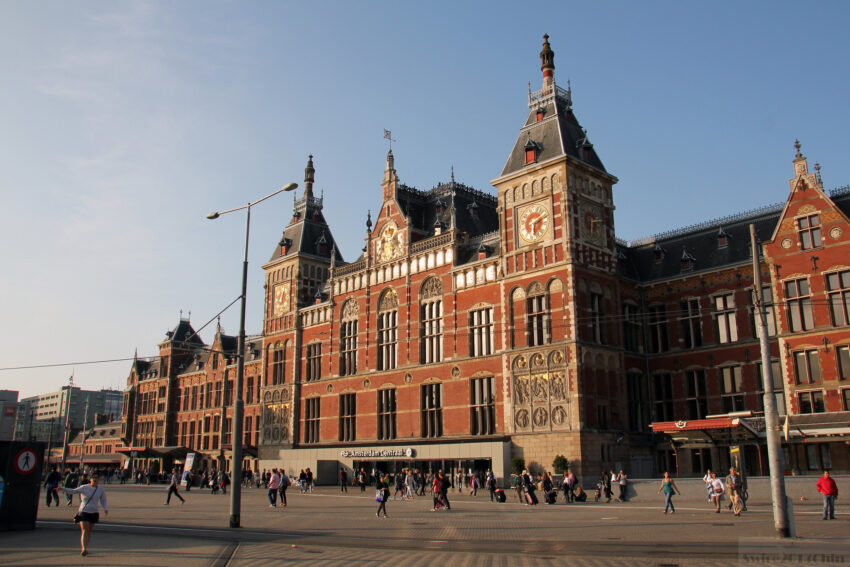
If you loved this article or found it useful, don’t forget to share it with your adventurous and travel-hacking friends! If you want more posts like this, follow us on Youtube, Instagram, Pinterest, Twitter Facebook or Reddit and subscribe to our newsletter!

